Search Images
Browse Content (p. 1337)

Image
Bust of Sophocles
This bust of Sophocles is made from marble and from Lazio, Italy (150 CE). Sophocles was a Greek playwright who wrote tragedies in the 5th century BCE. This image was taken at the National Museum of Australia in the travelling exhibition...
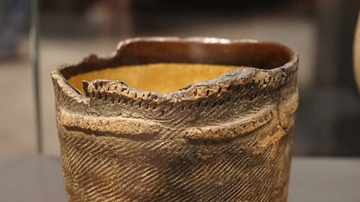
Image
Jomon Pot
This Jomon clay pot was found in Japan (5000 BCE). It was lacquered on the inside with gold in the 1800's when it became a water jar at Japanese tea gatherings. This image was taken at the National Museum of Australia in the travelling...
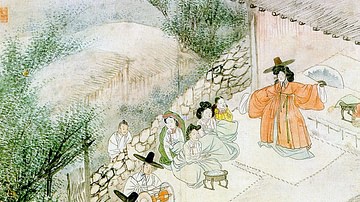
Image
Korean Mudang or Female Shaman
An early 19th century CE print by Shin Yun-bok depicting a Korean female shaman, a mudang, performing a kut, a ritual to contact spirits. Shamans practised from prehistoric times in Korea.
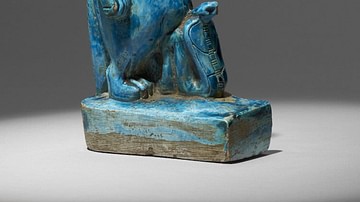
Image
Taweret
Blue glazed steatite figure of Taweret from the Late Period of Ancient Egypt.
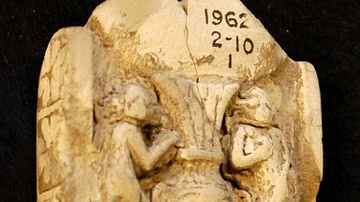
Image
Cosmetic Spoon Handle with the Image of Bes
End of the handle of a glazed composition cosmetic spoon, decorated with a representation of Bes, from the New Kingdom of Egypt.
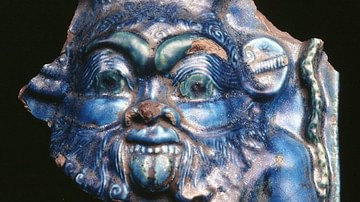
Image
Bes, Blue Glazed Relief
Upper part of a hollow blue glazed composition relief in the form of Bes, god of childbirth, fertility, sexuality, humor, and war, who served primarily as a protector god of pregnant women and children.
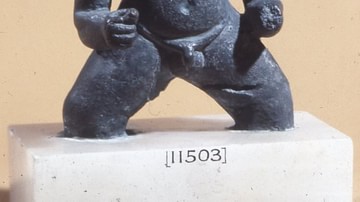
Image
Bes Figurine, British Museum
Bronze figure of Bes, with aegis of Amun on his head, from the New Kingdom of Egypt.
The British Museum, London.
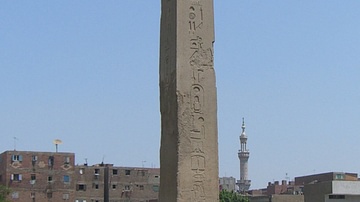
Image
Obelisk of Senusret I, Heliopolis
The only Egyptian obelisk still standing in its original position is that of Senusret I (c. 1971-1926 BCE) at the site of a former temple to the sun god at Heliopolis.
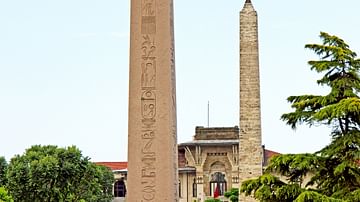
Image
Obelisk of Thutmose III, Istanbul
The obelisk of Thutmose III (1479-1425 BCE), which originally stood at the temple of Karnak, Egypt, but was removed to Constantinople by Theodosius the Great in the 4th century CE.

Image
Egyptian Obelisks, Karnak
The obelisks at Karnak, Egypt. The obelisk on the right was erected by Thutmose I (r. c. 1520-1492 BCE) while that on the left by Hatshepsut (1479-1458 BCE).